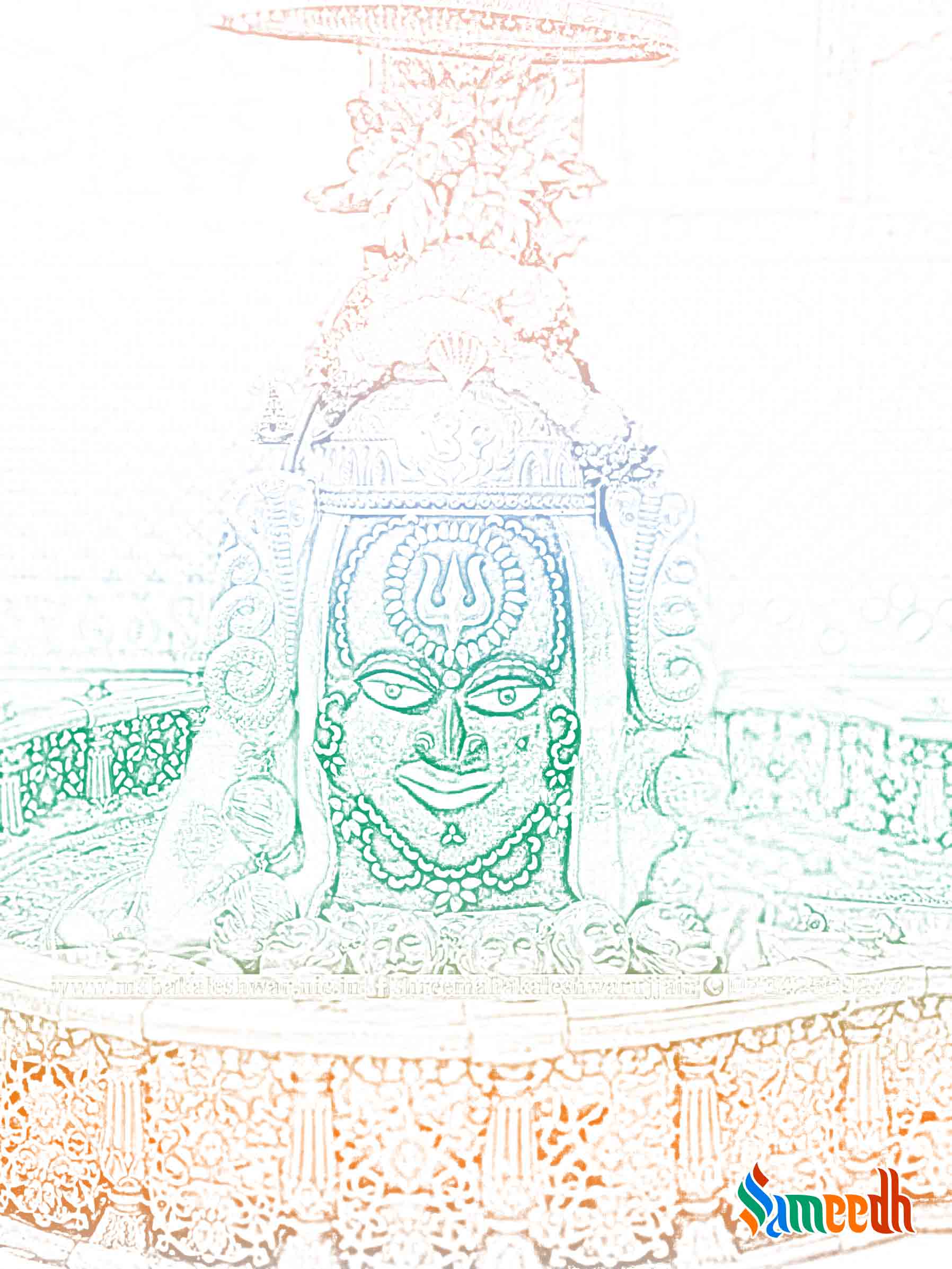The significance of the holy temple built for Lord Shiva in Ujjain

Mahakaleshwar temple is one of the many places of worship to offer prayers to lord Shiva, god of destruction. This holy temple is located in Ujjain, in the Indian state of Madhya Pradesh. It resides on the bank of the river Shipra. This sacred place is a Jyotirling, symbolisation and shrine of lord Shiva. Jyoti translates to the word radiance and linga is the idol worshipped as a representation of lord Shiva, entirely meaning, “a pillar or column of light”. There are 12 such sacred shrines of Shiva spread across the Indian subcontinent, where Mahakaleshwar is believed to be the most sacred home of Shiva.
The lingam statue, an idol representation of lord Shiva in the temple, is dakshinmukhi or south-facing, unlike all the other Jyotirling.
Mahakal is the power entity which defeats both time and death, kaal translating to time and death. Shiva is believed to have aced both the concepts and regulates its occurrence. Hence, the title of Mahakaleshwar fits perfectly to him.
This specific lingam is in fact a self manifestation of the lord, also known as Swayambhu. This is when the powers of manifestation are evoked from within with shakti or energy, the better half of Shiva, instead of external forces.
History
There is a legend behind all the Jyotirling. It is believed that both Brahma, creator of life and Vishnu, god of preservation had an argument as to who is the greater and stronger. To settle this debate, Lord Shiva pierced all three worlds; heaven up in the sky, planet Earth and the hell beneath Earth, through a beam of light which extended both ways endlessly. Shiva asked each of them to find the end of this beam of light with their powers and strength. Both the creator and the preserver failed to do so, such was the superiority and grandness of Shiva’s powers. The prime 12 Jyotirling across the Hindu land are nothing but the physical, concrete manifestations of the pillar of light. The sacred shrines of these temples signify the similar vastness of powers and faith.
These temples exhibit resemblance through a similar lingam statue and tall pillars.
Mahakaleshwar is the only Jyotirling to be held up by Netra Tantra, tantric of the eye, it is associated with a particular sect of Shaivism, worship of Lord Shiva.
Architecture
The temple of Mahakaleshwar is a three storied structure. The interior walls are designed and embossed with beautiful, detailed carvings which further glorify the appeal of the temple. There are three lingam statues of Lord Shiva in various forms, Mahakaleshwar, Omkareshwar and Nagchandreshwar. These are placed in the lower, middle and upper floors respectively. The attribution of Shiva with nag or serpents derived the name Nagchandreshwar and this particular ligam can be visited only on Nag Panchami, the festival celebrating serpents on Shiva. During the rest of the days, that storey is closed for all devotees.
The Bhasma Arti is a famous ritual of Mahakaleshwar. Arti is a ritual of offering prayers to the deities and Bhasma is ash. This is an early morning custom and known to be legendary one, which completes the experience of visiting the temple. Bhasma is also called Vibhuti which is sacred ash.
This ritual has a significance symbolically too. Death depicts that nothing is permanent and time waits for none. Both these constructs revolve around impermanence, end and uncontrollable factors. Similarly, ash is when something is reduced down to mere fragments after its end or destruction. By smearing bhasma while performing this Arti illustrates the lack of control man has over nature and reminds him that nothing lasts forever, happiness and havoc alike.